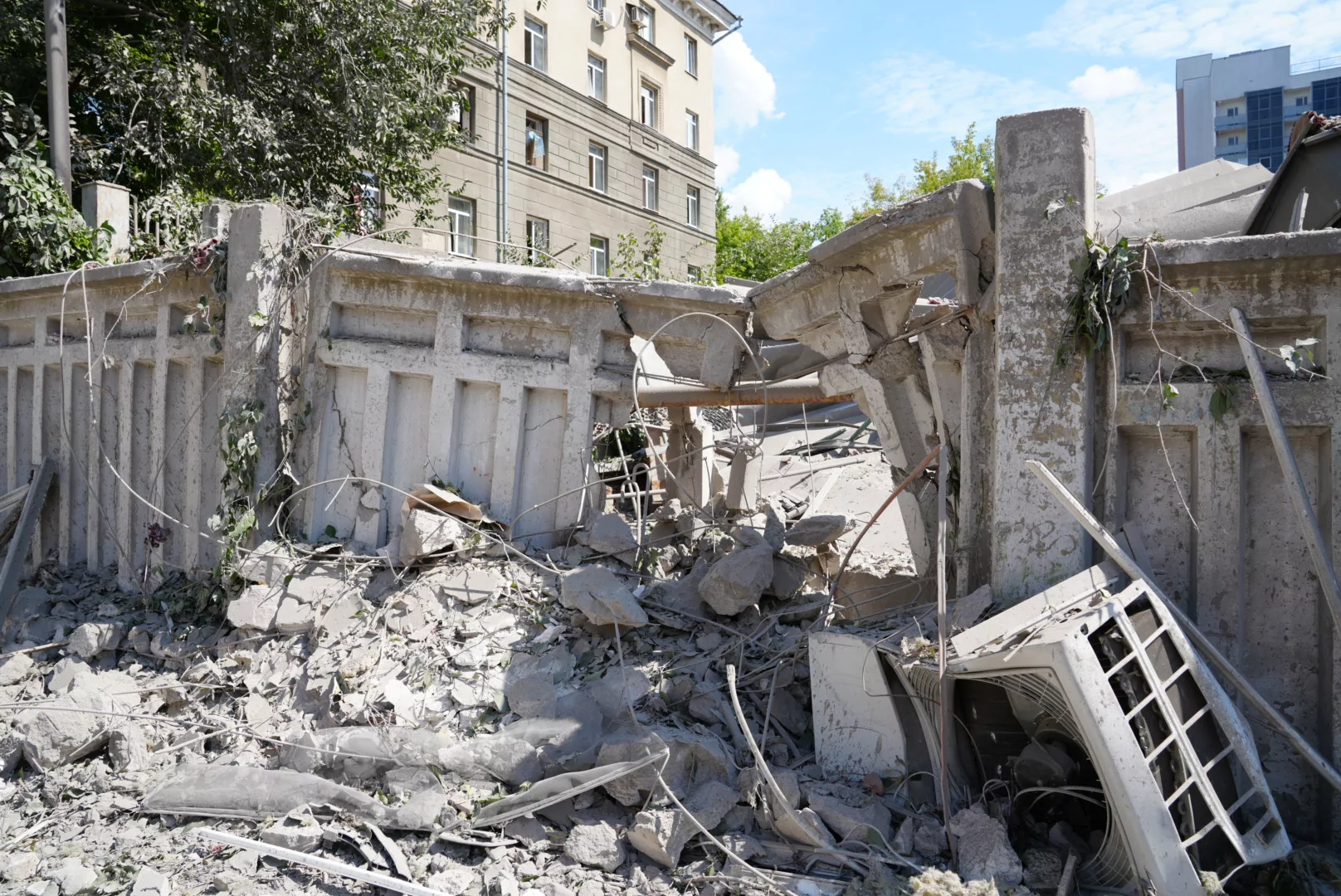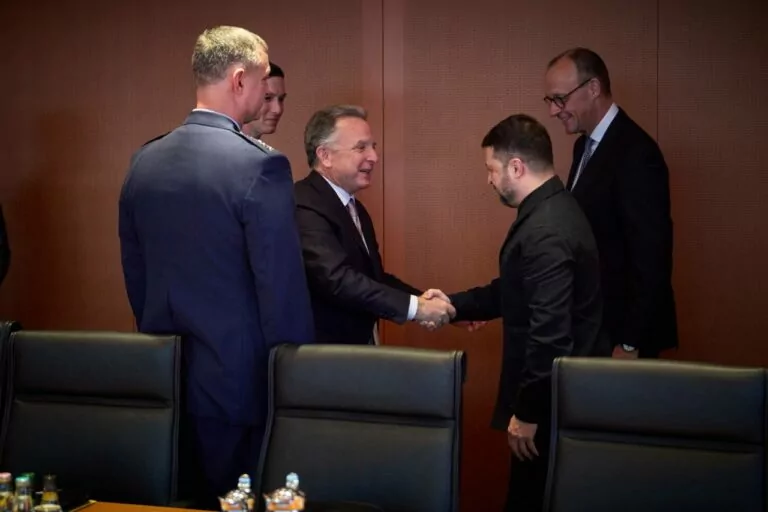UKRAINE, Nov 22 – The Russian strike on November 21 with the Oreshnik ballistic missile, which is probably a prototype of an intercontinental ballistic missile, does not show any changes in Russia’s strike capabilities or likelihood of Russia using a nuclear weapon, reported the Institute for the Study of War (ISW) on November 21.
On November 21, Russia fired a ballistic missile with a separable warhead at the city of Dnipro. Later, Russian President Vladimir Putin announced the name of this new type of ballistic missile, calling it the “Oreshnik medium-range missile,” which is designed to deliver nuclear warheads. It did not carry one during the November 21 attack.
According to ISW, Putin rhetorically related the attack to Russia’s nuclear capabilities and openly said that he could attack Western countries that support Ukrainian strikes on the Russian rear.
“Putin consistently escalates the war on his own without regard to Western decisions and has consistently declined to retaliate every time Western states have deepened their support of Ukraine. Putin previously threatened severe retaliation if Western states provided Ukraine with rocket artillery, tanks, warplanes, and the ability to strike into Russia, and Putin has constantly shifted the goalposts every time the West has called Putin’s bluff,” the ISW said.
The ISW added that Russian troops regularly launch Iskander ballistic missiles, Kinzhal hypersonic ballistic missiles, and Kh-101 cruise missiles, which are also capable of carrying a nuclear charge, at Ukraine.
The ISW assumes that Russia used the Oreshnik to demonstrate its strength and remind of nuclear threats.
Read more
- There were seven combat clashes in the Kupiansk direction over the past day. Ukrainian army repelled Russian attacks in the areas of Kolisnykivka, Zahryzove, Kucherivka, Kruhliakivka, and Zelenyi Hai, reported the General Staff.




